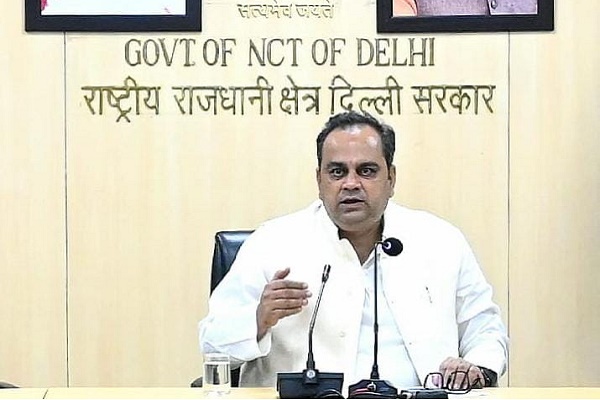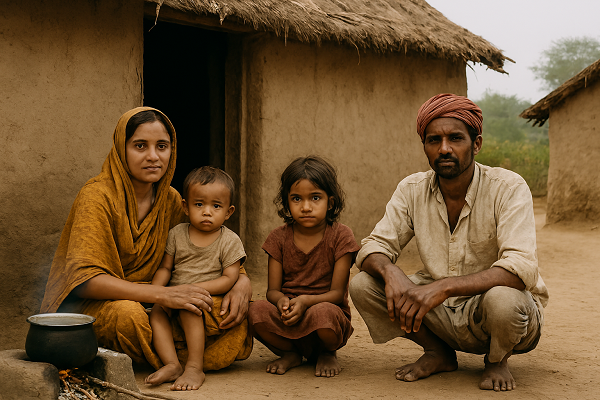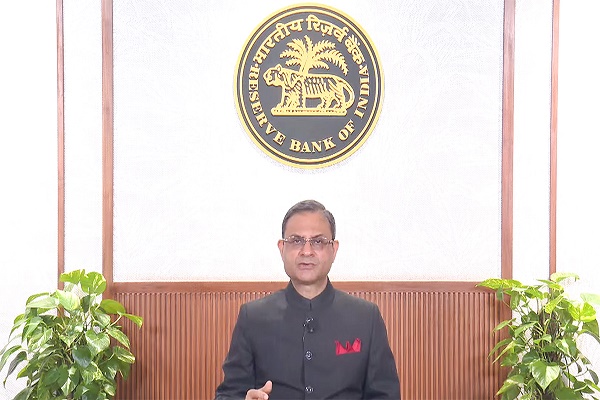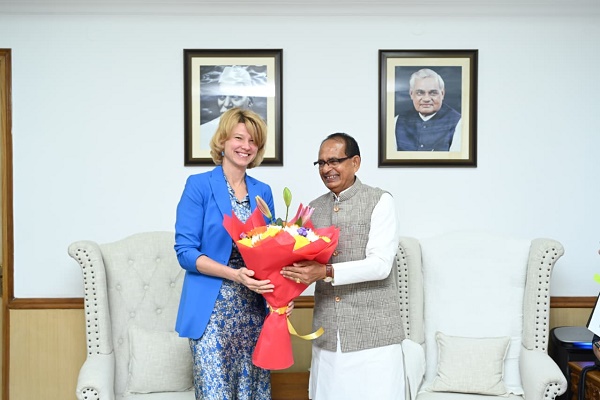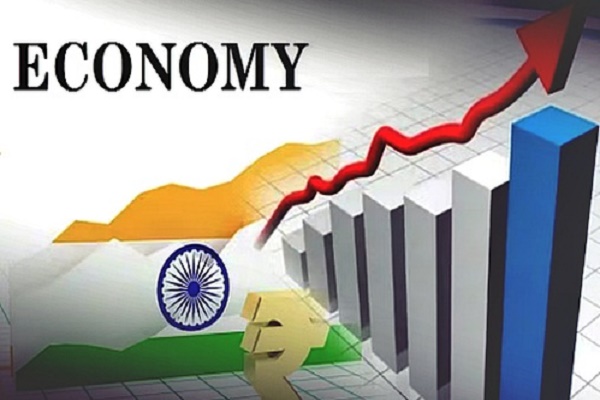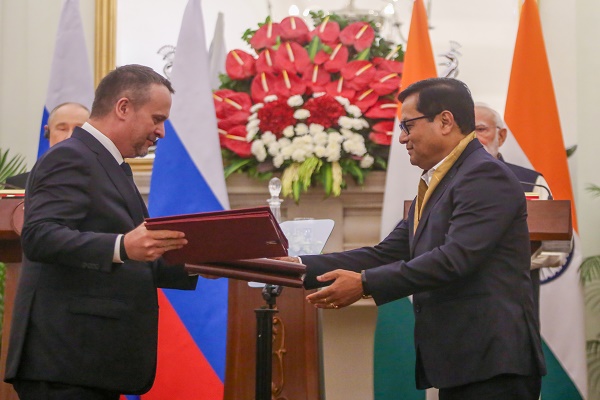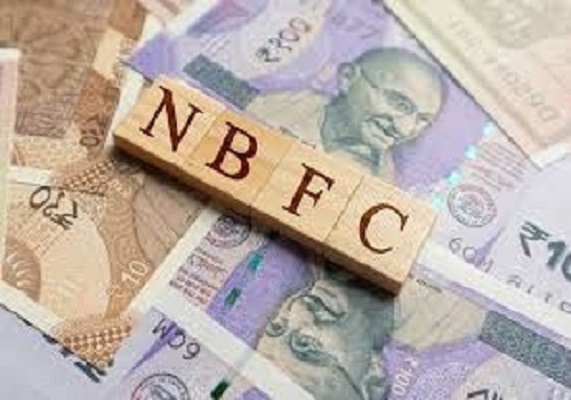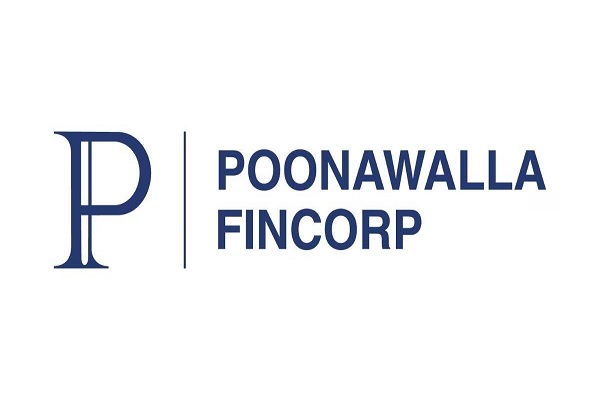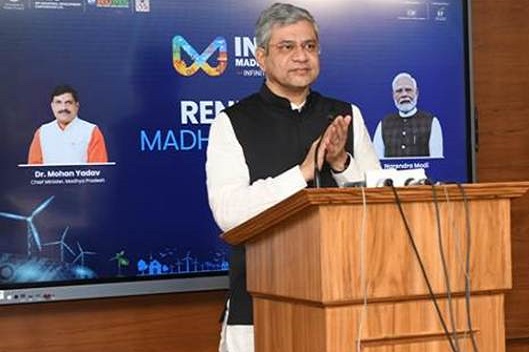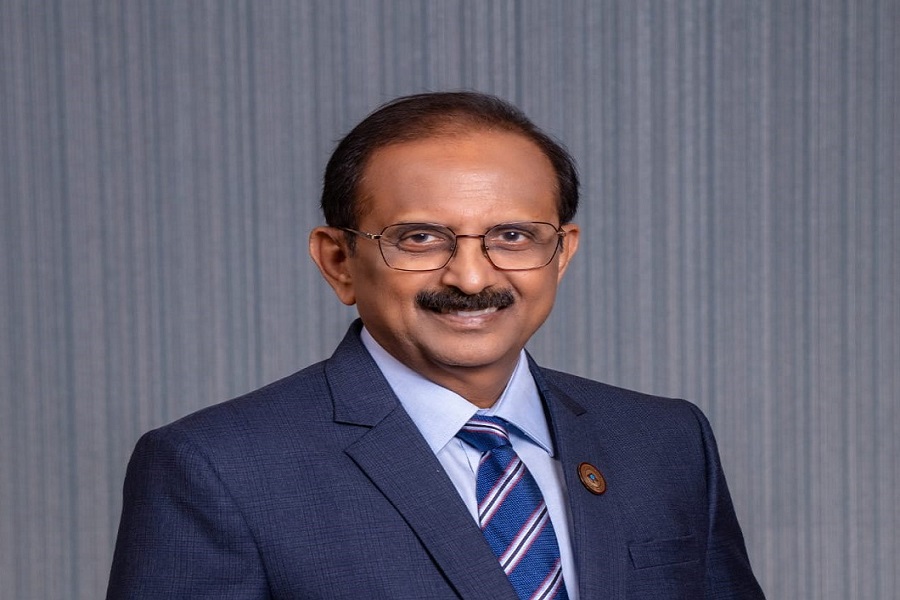India`s Credit Divide: Formal Access Grows, But Informal Borrowing Persists

India’s financial inclusion journey has made significant progress over the past decade. From just 53% of adults holding a bank account in 2014, the number surged to 77.5% by 2021—driven by initiatives like the Pradhan Mantri Jan Dhan Yojana (PMJDY), Aadhaar-linked digital identity, and the growth of mobile-first financial services.
Building on these gains, a new analysis by Piramal Enterprises Ltd. suggests that the next step in India’s inclusion journey lies in broadening access to formal credit—particularly for low-income and economically vulnerable households. Addressing this evolving need will be key to unlocking the full potential of financial inclusion.
Titled ‘Prevalence of Non-Institutional Borrowing Among Indian Households: A Pre- and Post-COVID-19 Analysis’, the report is based on household-level data from CMIE’s Consumer Pyramid Household Survey (CPHS). It examines borrowing patterns across income levels, employment types, and states.
“India’s financial inclusion story has delivered impressive gains in access, but the next chapter must focus on usage— especially timely, affordable, and appropriate credit,” says Debopam Chaudhuri, Chief Economist, Piramal Enterprises. “For millions of informal workers, small entrepreneurs, and rural households, NBFCs are the only bridge to formal finance. Strengthening them is essential to close the credit gap.”
He adds, “Without formal credit at the last mile, especially for self-employed and blue-collar workers, India risks widening the credit divide. Informal borrowing not only carries higher costs but lacks regulatory protection— undermining long-term household resilience.”
Informal credit remains primary option for low-income households
Despite progress in financial infrastructure, non-institutional borrowing continues to be the primary source of credit for low-income households. In 2021, households borrowing from informal sources were 2.63 times higher than from institutional lenders—starkly contrasting with 0.6x in Brazil and 0.27x in the United States.
Among households earning below Rs.2 lakh annually, informal borrowing grew by 5.8% annually between FY19 and FY23, while formal borrowing declined by 4.2%. A similar trend was seen in low- and middle-income groups, where credit needs are increasingly met by a blend of formal and informal channels.
In contrast, higher-income households showed a decline in borrowing from both sources, likely due to stronger financial stability and internal liquidity.
Post-pandemic credit patterns and geographic divide
While financial inclusion strategies have largely targeted rural and semi-urban areas, the report finds that Tier 2 and Tier 3 towns, micro-business owners, and economically weaker segments (EWS and LIG) remain structurally underserved in terms of access to formal credit. These segments of Bharat continue to depend heavily on informal channels, with banking and fintech innovations yet to significantly make a meaningful impact on their access to formal credit.
The COVID-19 pandemic’s economic aftermath triggered major shifts in borrowing behaviour. Reverse migration increased informal and agricultural employment in lower-income states, further boosting informal credit dependence. Over 55% of daily-wage households reported active informal loans, even as formal lenders became more cautious due to rising credit risk.
The report also reveals stark state-level disparities. While Kerala, Tamil Nadu, and Karnataka show strong formal credit presence—driven by gold loans and fintech usage—states like Bihar, Jharkhand, and West Bengal have over 57% of households relying on informal borrowing. Notably, Punjab has seen a transition from a high-income, lowborrowing profile to increasing reliance on informal credit.
NBFCs: Critical for access to format credit, but need support
Non-banking financial companies (NBFCs), microfinance institutions (MFIs), and digital lenders play a crucial role in bridging the credit gap for Bharat’s underserved segments. Their presence in rural and semi-urban markets enables context-specific, flexible lending—often more accessible than traditional bank credit.
To strengthen these institutions and improve last-mile credit delivery, the report recommends key policy interventions, including:
* A dedicated refinance window for low-cost lending
* Allowing well-governed NBFCs to accept deposits
* Liquidity support for upper-layer NBFCs
* Lowering the SARFAESI threshold to Rs.1 lakh for improved loan recovery and enforcement
Above views are of the author and not of the website kindly read disclaimer


